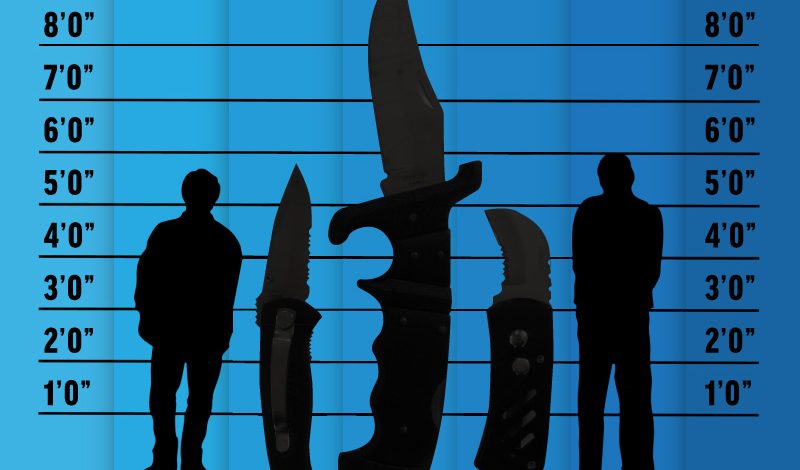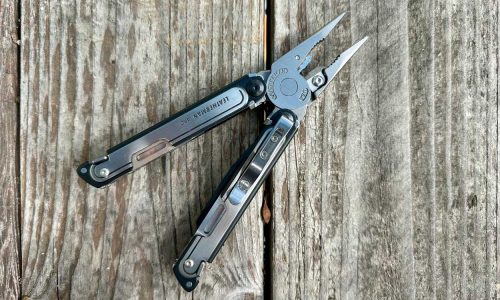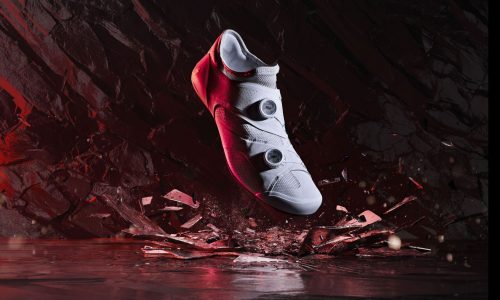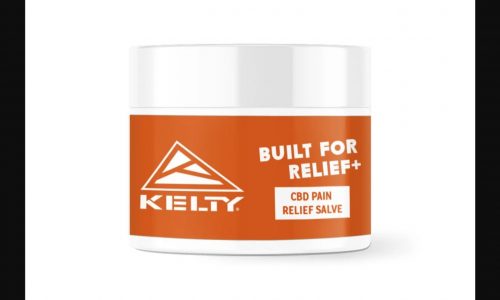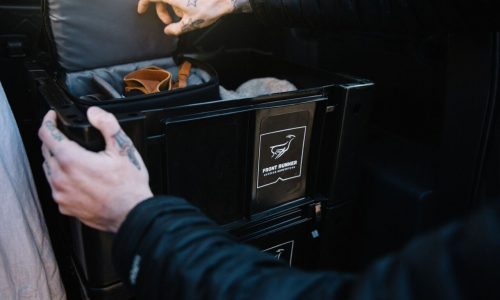At a cookout over the weekend, my nephew came up to me excited about a new knife he just picked up. He had already called me once and texted me a few times to tell me about this procurement, but he provided few details, saying only, “It’s so cool…It’s just so cool.”
So here we are, over a plate of charred meat, when he pulls out his prize possession and places it in my hand. The knife was pretty hefty in size and weight, being about 6-inches long closed and feeling like a piece of lead. On one handle slab, there was a Chinese dragon. On the other handle slab, there was a badge memorializing the fallen Twin Towers / 9-11-01. I knew at this point that my dear nephew had been duped. But I explored on.
The knife flipped open easily enough and locked into place with little effort. It was coated in some sort of chrome or nickel, and even though it had a lot of jagged serrations, the tip itself looked a little rounded. At this point, he could see the disappointment in my face, but it wasn’t until he told me that he only paid $14.99 for it that I nearly began to cry.
This story isn’t anything new or astounding. People have been getting tricked into buying these haphazard implements of self-destruction for years. They are conveniently placed next to the “world’s brightest flashlight” and “pipes, for tobacco use only” at gas stations and convenience stores across our great nation. They are shoved in our face next to the cash register, and are almost unavoidable due to their gaudy appearance.
If you feel like I am painting these blades in a bad light, well, you’re correct. These knives could actually do more harm to you than good—especially when you might actually need them.
Case in point: When I went to close my nephew’s knife and hand it back to him, the lock mechanism was jammed (which was a surprise seeing as it was swimming in petroleum grease). When I was finally able to free it, the blade snapped shut. If it was sharp, it would have taken my index finger off.
I have plenty of experience with these knives. In fact, I’ve got a shoebox full of them, since I began collecting them as a kid. Out of the 10 or so knives, not one of them is free of defect, and not one of them cost myself or my parents more than $20.
The fact of the matter is this: these knives are mass-produced like carnival prizes and are made of some of the lowest grade materials possible. Most don’t come sharpened because it would chip the blade (and chip or flake the shoddy coating they put on it to hide the pitting and rusting). They are not made for utility—they are made for show; hence the dragons and historical memorials that adorn them. They are designed to look great, but they will never function well enough to earn a spot in your pocket or backpack. No manufacturer who wants to stay in business will put their name on something like this, but—even more—it’s highly doubtful these knives are even made by a knife company.
The overall look and initial feel of a folding knife tells you very little. The keys to a good folding knife are:
1. It should open, lock open, and close without issue.
2. It shouldn’t have “Stainless” stamped on the blade. Yikes!
3. You shouldn’t be able to see your reflection clearly in it—this is a sign of cheap plating
4. It should have the ability, when opened, to allow significant force to be put on it while cutting.
5. Not much glue or grease. Most knives use some sort of epoxy or lubricant, but sparingly. You shouldn’t see it or have to wipe it off.
6. It should not rattle, or have any loose parts (i.e when the blade is open is shouldn’t jiggle around).
7. It should keep a good, sharp edge after regular use.
Chances are, if you buy a knife that isn’t sharpened, that has been done on purpose—allowing the manufacturer the peace of mind knowing that the unsuspecting buyer will say, “No biggie, I’ll sharpen it when I get home. It looks cool. I love dragons.” That knife will break apart when you sharpen it, and gas station attendants don’t honor warranties.
Additionally, there are liability reasons why these knives aren’t branded. They can (and will) hurt you if you choose to rely on them (think about your meaty little fingers getting in the way of a stuck knife finally closing—it happens more than anyone would like to admit).
I can go on and on for days about these knock-off knives; but you’ll need to take my word for it—as I’ve gone out an earned the scars for you.
As for my nephew, I gave him a much more significant knife and he left that cookout much happier than when he arrived; whether he knew it at the time or not.








